Mr Patrick Iyamabo is the Chief Financial Officer of First Bank of Nigeria Limited. In this interview with Nairametrics, Iyamabo outlined the remarkable feats the management of the bank has made to restore investors’ confidence and reduce the exposure of the bank to NPLs.
According to him, no management team of any bank in Sub-Saharan Africa in the last 50 years has had to deal with the level of complex issues it had to deal with and successfully managed them to the point of reducing the NPLs to the industry standard. Excerpts:
FBNHoldings especially FirstBank surpassed analysts’ expectations. Please shed light on how you were able to achieve these feats?
The core of our banking is focusing on our customers and nation-building, differentiating our valid proposition and monetising the same. But in very simple English I think the first thing was that we are paying very close attention to the core of our business. What you would notice in 2021 alone is that we grew our loan book by over N50 billion every month. In total, we created more than N2.8 trillion worth of loans in FirstBank Group. That’s a lot and we also have deposits of more than N5.6 trillion. In other words, we grew the core of the business in real substantial terms and were able to monetise that growth.
If you just think about the deposit franchise growth alone, it is like creating a new bank every one year plus; that kind of what we achieve in 2021. And that growth continued into Q1 2022 and we expect that movement to continue till the end of the year.
We are at the forefront of paying very close attention to those needs and you would notice from our financials that the lines that capture the associated income – whether it is account maintenance charges, credit fees, trade fees and all those fees income line increased significantly on year-on-year bases, reflecting the increase in the volume of the customers. That is what I mean when I said we spent a lot of time focusing on the core of our customers and the core of what is required for nation-building. We threw the business fully behind those scenes.
Furthermore, the strategic goal for FirstBank as you know includes our digital proposition and bundled with our digital propositions are our mobile banking, agent banking services and USSD. In other words, taking the bank to customers everywhere and to that extent, we grew the business. In terms of volume, we are one of the largest on USSD: both in terms of customer base and value of actual transactions that are done, market share etc. We are driving our various digital propositions throughout the year on those lines as well. These are in a bid to support the customers’ ability to bank anywhere and it shows up in our financials.
2021 was a reasonably volatile year with surprises, exchange rate pressure, yield pressure and CRR hear among others. All those things with the impact of COVID-19 on the global economy introduced the level of uncertainties but as you know, uncertainty also creates market-making opportunities and we were able to take advantage of some of those and we made money from some of our treasury and instruments and we also took advantage of that to do some of the derivative type transaction and we made money off the fair valuation gain.
Few more things just to stress in terms of how we are about to go about things to deliver the financials we delivered last year and our recoveries. If you have been following the bank, you will know that in the last couple of years, we had to take a significant amount of impairment charge as a result of customers’ inability to pay back loans and we made some sizeable recover last year and that supported our financials for 2021. We haven’t yet realized anything close to that so far this year but nonetheless the results for Q1, 2022 is a pretty strong result. At the Banking level N34 billion and at the Holding level it is N36 billion profitability.
We have also discussed our subsidiaries because they are very serious components. For capital adequacy requirements, all we needed is 10% and the reason the minimum CAR is 15% is because we have international subsidiaries. 2021 was a great year because our international businesses did contribute quite well compared to 2016 and 2017 when a lot of them were loss-making but in 2021, they were all profitable and that also contributed to the performance of FirstBank’s growth.
Finally, our people also contributed to our growth. It was a brilliant idea for us to have invested in people because if we had not done that, things would have been worse by now. In this business of financial services, it is the people that create that value because you can have all investments in infrastructure, IT and buildings, all those are meaningless without the people. We ended 2021 as the best year in the 120 years history of the franchise and we have started on a good foot at the end of Q1 2022 too.
Will you say the details you just provided are responsible for the current state of your share price on the floor of the NGX?
I would say that it is the details that I just shared and more. So, you are right because your share price or market capitalisation today is the investor opinion about your future earnings discounted to date. The brighter the outlook, the higher your market capitalisation and vice versa. The increase between where we were a year ago and now reflects the market’s more positive viewpoints about the future earnings capacity of FirstBank. It is also a reflection of the market lifting some of the penalty or discount it was to apply on FirstBank either because the market did not understand the franchise enough or was not convinced enough or the market was still concerned about specific aspects of the business. So, by all means, set the records straight on everything I have just discussed, whether it is the growth of the core of the business that helped us offset some of the headwinds caused by some actions like AMCON; CRR; low yield environment; whether it is what we demonstrated as our proven ability to take advantage of various opportunities that show up in the market; whether it is our demonstration that we can pursue recoveries, to boost our NPLs; we remain committed to closing the gap on our recoveries as it fosters our ability to promote nation-building as more businesses will be supported.
The clear demonstration that we can pursue here is that even with the most complex recovery there has been a realization by the market that yes indeed our subsidiaries are profitable and they would contribute positively to overall business performance. 2021 was a year all those things came together in more convincing manners for the investor community and they have responded.
In addition to that, we always told investors that this was completely different management and a good number of us just came in 2016. My good self, Chief Risk Officer and the Group Executive in charge of Technology and Service came in 2016 and some of our business heads also joined in 2016. So, coming in as a fresh team, the market has never really seen such a formidable team work together.
The issues this management has had to crack in the last 6 years are unprecedented. There is no management team of any bank in Sub-Saharan Africa in the last 50 years that has had to deal with the level of complex issues that we had to deal with and successfully managed them to this point. So the market’s final appreciation and recognition were crucial in the re-rating of our stock.
The other thing that kind of hail down the valuation or the pricing or the re-rating of our shares was the constant concern around the huge NPL we were dealing with. All banks at 25% NPL do not survive it because that is typically the stress level. For most investors and analysts, there was no basis for survival, but we did. They were surprised that we could survive it without massively diluting the shares of investors or by going to the market to raise fresh capital.
With this monumental leap, how excited are you to be 1.1 shortfalls of the regulatory and global standard?
As much as it’s a fantastic place to be, my real excitement was much earlier when as a management team, we had charted this path, we saw our path to dropping NPL from 25% to this level. We constantly told the community that this was going to happen but, we can understand where they are coming from, they struggled to believe that it would happen. To me as the CFO, as an insider, my most exciting times were the moment we articulated our PAT to get to this point and it was crystal clear to us internally that we were on track to get to this point,
It’s one thing to believe you will get somewhere but you know perception is reality and the reality was that the stakeholders didn’t quite believe that we will get here but now we are here and it fundamentally changes the business outlook. It’s a good place to be, a reflection point for the institution. We are back in the game.
Your asset increased to 8.9 trillion. What exactly did you do differently to achieve this feat with your team since you became the CFO of FirstBank in 2016?
The first handicap we had to deal with was the fact that we inherited a significant amount of NPL. With those NPL’s being in foreign currency, they just seemed to get worse yearly. It was problematic. When you have a problematic NPL, two things will have to happen; first, you will have to write off bad loans, which has its process of shrinking the balance sheet, and then your actual growth is understated by the shrinkage of your balance sheet consequent on the provisions you are booking. So, these understated the growth levels we were achieving in the earlier years.
Secondly, the fact that we had to book provisions also means we now have less capital to support business growth which constrained our ability to grow and continue impacting the business.
Thirdly, when we came in, one of the biggest observations that led to the previous MPL issue we had to deal with was the whole risk management architecture around loans and advances was too immature for the scale and complexity of our business which is why we were having NPL crystallising on the business and so until that was fixed, we also have to limit how quickly they grew, even if the capital was available.
Part of what we have done in the last couple of years is; completely re-architected our risk management environment, completely redesigned the risk framework around credit to enable us to be in a position that only qualifies worthy credit and where credits are riskier and more complicated, we had to build in mitigant that prevents losses to the bank.
As a testament to that today, the NPL of our vintage loans which are the loans created in the last couple of years since 2016 is about 0.5%. So, that had to be in place to mature before we could actually grow the business otherwise, if we had just tried to grow the business, we would crystallise new NPLs
So, we fixed the risk management environment, which gave us the right to create new loans, and we cleaned up the books so that we could focus on what really mattered. They shrunk the book but they were preparing us for future growth. We have now begun scaling the books now that the risk management framework is there, it’s been tested and proven. And with the earning capacity of the balance sheet, we have been able to build a capital buffer to support business growth as well and so you are seeing that growth come through.
While we were fixing the books, and doing those things, we were also building our capabilities elsewhere. We were building our transactional momentum around transactional banking, and cash management trade, we were also making significant investments in our digital capabilities. We are the top bank in terms of digital proposition and by far the industry leader in terms of agency (we have over 160,000 agents across the nation), something we started in late 2018. To give a sense of the business growth, the monies we have had to pay agents was in excess of N58 billion and that is a completely new business line that we built in the last few years and in building that, there are synergies and handshake with the rest of the business. It has also earned us the right to grow the business.
In the last two years, you will notice the momentum really kicks in as we have had distinctive propositions that give us a right and a preference to be the preferred party when customers want to deal in their business and financial activities. We have digital propositions that are growing other aspects of the franchise. When you pull all these together, you will essentially see a business that has the capacity to fire on. That is what we are seeing today.
The growth we are seeing now is the result of the aggregate of all these things; cleaning up the books, restructuring the business, our digital push, and transaction banking is coming together in a complementary way to support business growth today. And we are positive that growth into the future remains strong. The only thing that would slow us down is if we intentionally choose to hold back growth simply because we are trying to manage the risk, we see ahead of us.
When I say the risk ahead of us, we can see what is happening with inflation, the pressure around currency, the challenges the OECD countries are having to deal with, 8% in the EU region unheard of in a long time and all the uncertainties that are having to deal with, imported inflation from the cost of power and all that plus the further cap stoned by the elections and uncertainties we have seen ahead.
We have the capacity for growth, we will continue to rear that engine but we will never take off our risk management hat and so if we have a need to constrain growth, we will constrain the growth not because we don’t have the ability to grow but because we have to take risk management measures.
Don’t forget, this team turned around the institution so we know what growth can be like if you are hungry on doing business and you take your eyes off risk management. We fixed the problem; we were settling up with the team that would take us back into the situation but what we have done beautifully is that we know how to strike that balance.
Your customer base increased by 20% from 30 million to 36 million. What is responsible for the increase?
Our focus is on our customers and nation-building. It’s always first and foremost about the customer and there are two things responsible for that. The first is around our unmatched distribution capability. Apart from the fact that we have about 700 branches, the most of any bank in the country, we also have today, more than 160,000 agents supporting our agency banking services. These agents sell our products. They are present in the 772 of 774 Local Government Areas in the country. There are just 2 Local Government Areas that they are not present in and that is because of security concerns.
We are everywhere so when we say take banking everywhere that is precisely what FirstBank has done. The implication of that is that our capacity to originate and grow our customer base is extremely powerful. On top of that our digital proposition in terms of mobile and USSD, we are consistently ranked first in terms of our mobile solutions. You can see how that improved our distribution and reach. A critical thing that has driven our customer acquisition growth is our distribution capability.
The second big thing is our ability to provide innovative solutions that customers want. Our ability to develop and differentiate our products and services whether for small businesses individuals, corporate, transaction banking in cash management etc. Between the differentiated solutions for customers and our distribution network, our ability and capacity to grow our customer base is quite strong.
The second thing is, it’s not just enough to acquire customers, you need to deliver your promise to them, offer them the product and services that would make them remain with you and not go dormant otherwise, they would move to other banks. There is no loyalty just because of name but because you offer a compelling proposition. We believe there is more we can do and the journey still continues.
What is the implication of increasing customers deposit in the banking culture of Nigeria given the growth increased to N5.9 trillion in December 2021?
The first challenge for First Bank and other banks in Nigeria is on the one hand, you want to grow your customer base and on the other hand, you are cautious of doing that because of CRR. The amount of our deposit quarantined as CRR is about N1.3 trillion.
That is not a small amount considering that if the money is loaned out for an interest rate of 10%, we will be getting N130 billion in profit because that would go straight to the bottom line. That is how much we are forfeiting through CRR. There is a huge penalty you pay with increase in customer deposit and that penalty shows up first through CRR.
The second thing we need to be very careful about is at the regulatory charges. We spent roughly about N55 billion last year between AMCON and NDIC because NDIC charges for deposit while AMCON charges as a percentage of your total assets. That is not a small amount of money. Take the N55 billion and layer it on the CRR, you can already see value that is disappearing simply because you have grown your deposit but that is a systemic issue.
On the one hand, we try to grow the customer deposit but we are also at alert to these downsides. On the other hand, having the deposit is critical but more important is the form of that deposit. Is it a current account and savings, is it dorm or tenure deposit? The deposit growth in a scenario like this is valuable when the structure is right and with that deposit growth, you can do a lot of things. You can better play your role as an intermediation role, extending credit to customers, depending on the quality and the structure and we can compete better- if it is a low-cost deposit and even if we price at the market level, we can increase profit that comes to shareholder. So the deposit growth offers us as banks a right to participate in increased financial intermediation and with increased financial intermediation comes increased earnings and profit.
What we have done at FirstBank is to strike that balance. Indeed, we could have grown our deposit even faster last year, but we were concerned about CRR. If you ramp up deposit, except you have an immediate outlet for it, not only will the money be taking through CRR at zero per cent, you will still be paying the depositor’s interest expense. So, you will incur income expense, AMCON charge on total assets, NDIC charge on the deposits itself and you will still forfeit it as CRR. As a result, we are very tactical when we grow our deposit but we do grow our deposit franchise because it gives us the right to participate in financial intermediation and the opportunity to enable the right product to our various customers and also boost our systemic relevance.

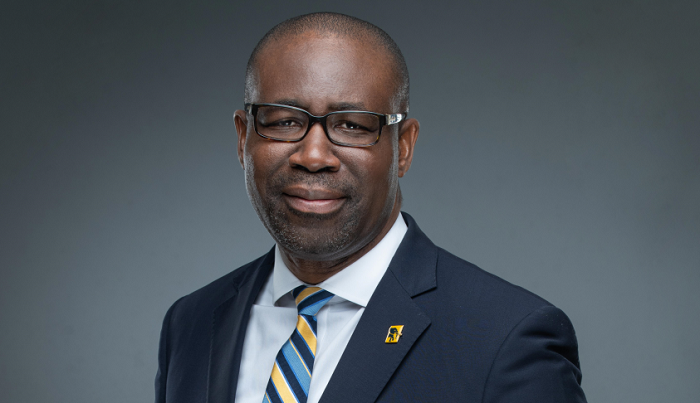





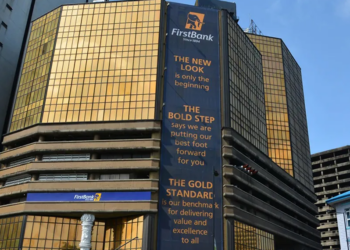
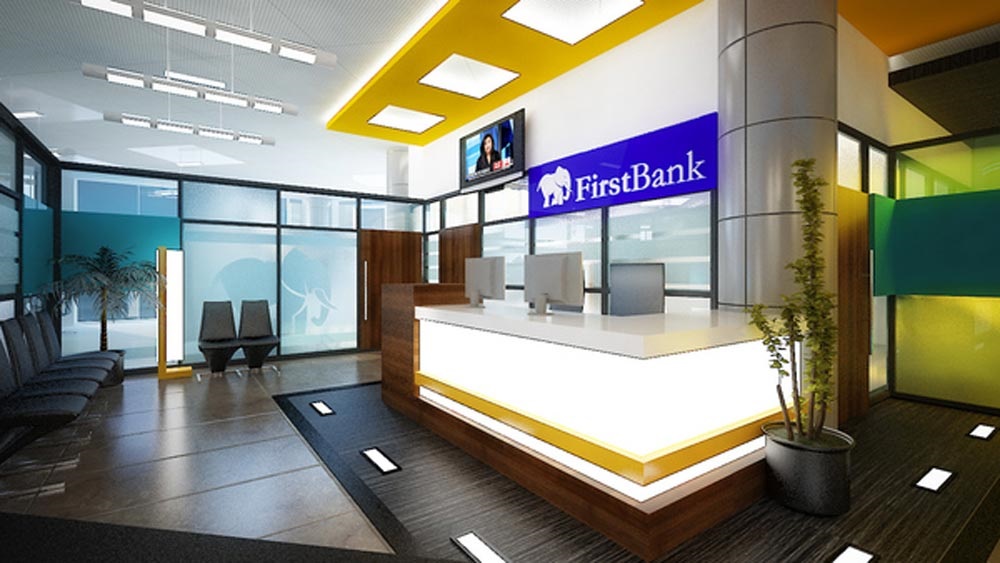
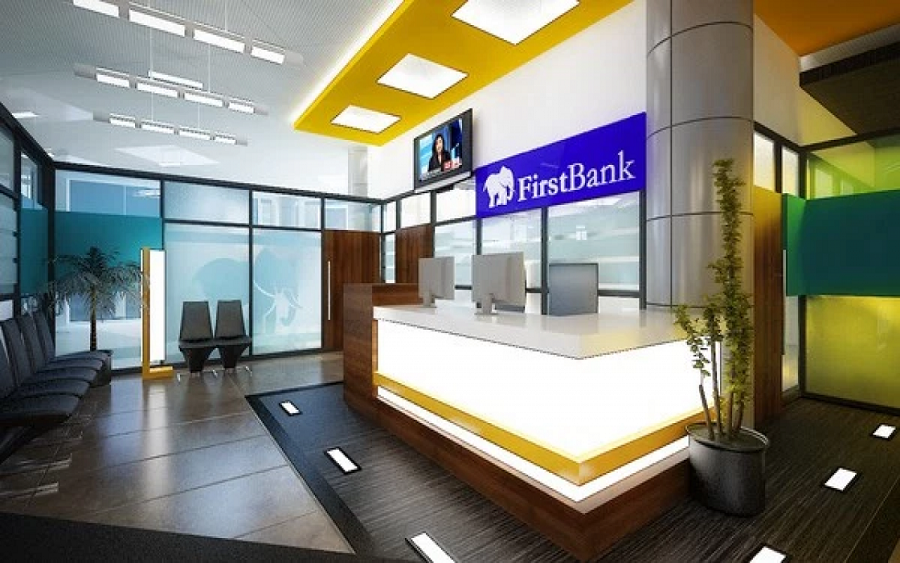
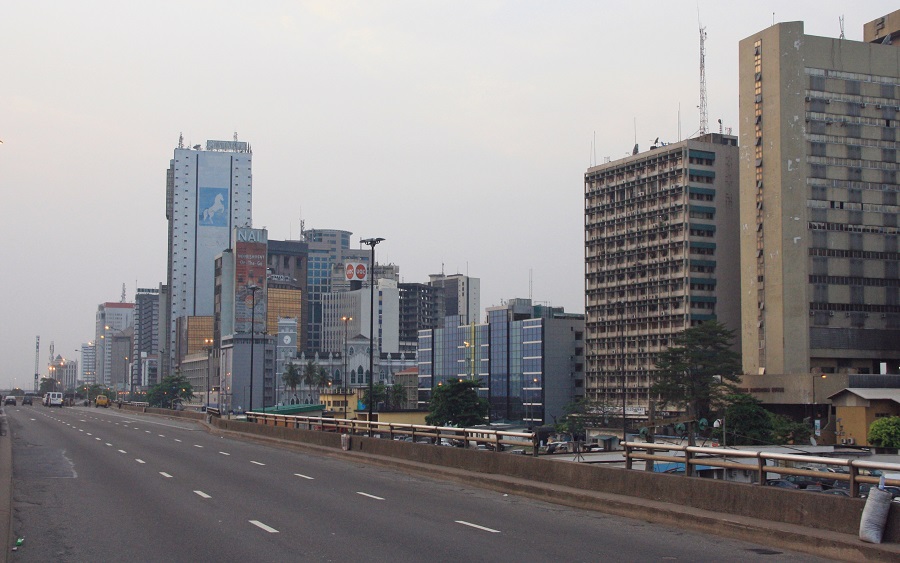

.gif)






